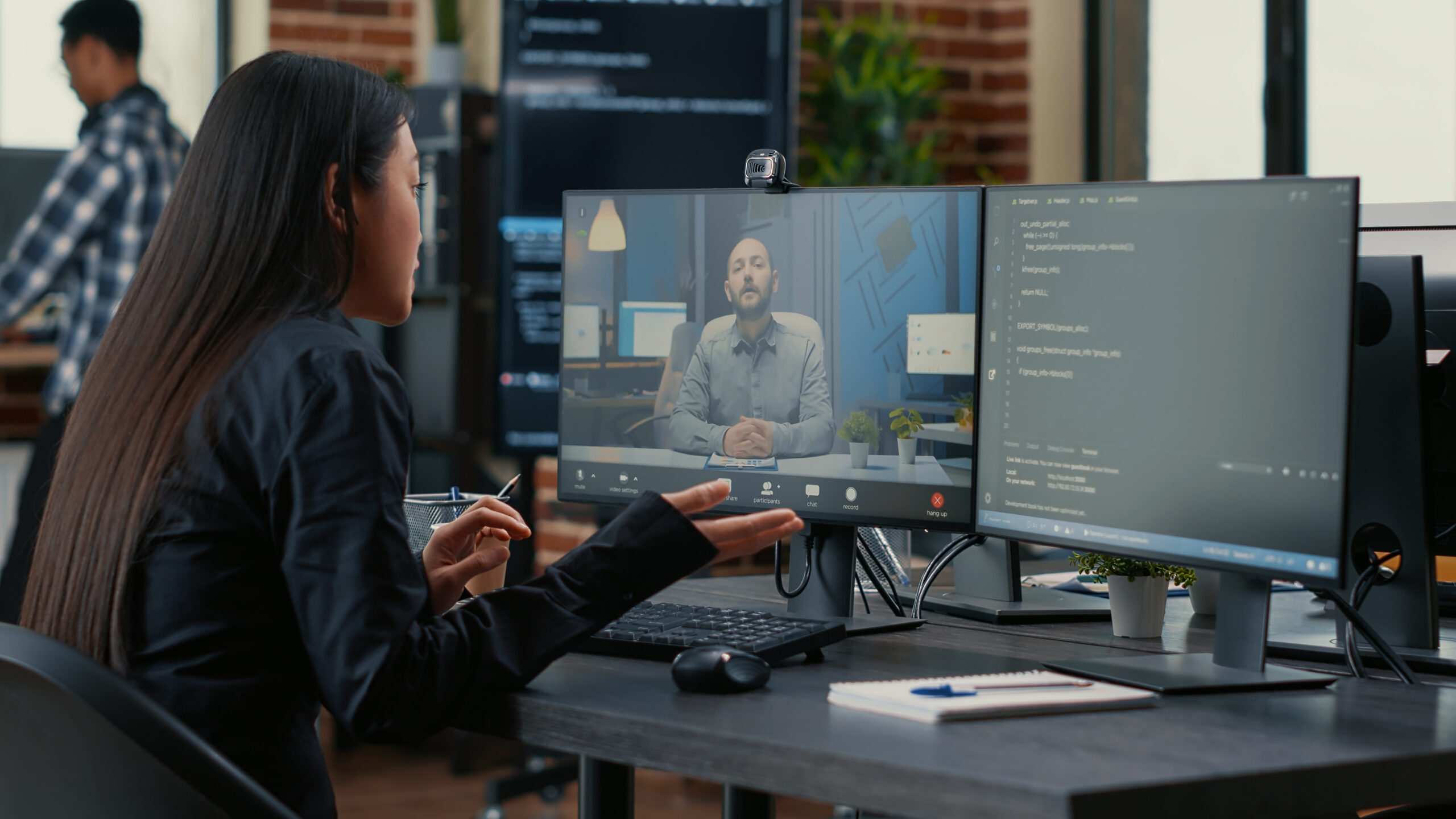In recent years, the way we work has undergone a profound transformation, and virtual reality (VR) has played a significant role in this shift. The rise of remote work, accelerated by global events, has led to an increased reliance on technology to facilitate communication, collaboration, and productivity. Virtual reality, once reserved for gaming and entertainment, has found its way into the realm of remote work, promising to revolutionize the way we connect, engage, and work together. This article explores the impact of virtual reality on remote work environments and how it is shaping the future of work.
Understanding the Remote Work Revolution
Remote work, or telecommuting, is not a new concept, but the digital age has made it more accessible and prevalent than ever before. With the advent of high-speed internet, cloud computing, and a host of communication and collaboration tools, working from anywhere in the world has become a reality. The COVID-19 pandemic further accelerated this shift, forcing many companies to adopt remote work policies to ensure business continuity.
As remote work continues to gain popularity, businesses and employees alike are discovering the benefits of this flexible approach. Reduced commuting time, cost savings, improved work-life balance, and access to a broader talent pool are among the advantages. However, it’s not without its challenges, including feelings of isolation, difficulties in maintaining team cohesion, and distractions at home.
This is where virtual reality steps in to bridge the gap between physical and remote work environments.
Virtual Reality: The Game-Changer for Remote Work
1. Enhanced Collaboration and Communication
Virtual reality offers a unique solution to the collaboration challenges of remote work. Through VR headsets and platforms, employees can participate in virtual meetings and conferences that feel more immersive and engaging than traditional video calls. In these VR meetings, participants can interact with each other in 3D spaces, using avatars that replicate their real-life movements and expressions.
This level of immersion fosters better engagement and communication among team members. It can simulate the feeling of being in the same room, which enhances non-verbal cues, leading to more effective discussions and problem-solving. Remote workers no longer need to struggle with pixelated video feeds or muted microphones; instead, they can have a face-to-face experience with colleagues, clients, or partners, irrespective of their physical locations.
2. Training and Onboarding
Onboarding new employees remotely can be a daunting task. Virtual reality can help make this process more engaging and effective. Companies can create immersive onboarding experiences that allow new hires to explore the virtual office, meet their colleagues as avatars, and learn about company culture and policies. This approach can make new employees feel more connected and reduce the learning curve associated with remote work.
Furthermore, virtual reality can be used for job training, especially in industries that require hands-on skills. Employees can undergo virtual training sessions where they can practice tasks and procedures in a simulated environment. This not only saves time and resources but also ensures that employees are well-prepared for their roles.
3. Overcoming Isolation
One of the most significant challenges of remote work is the sense of isolation. Working from home can lead to feelings of loneliness and disconnection from the team. Virtual reality can address this issue by providing a sense of presence and social interaction.
Virtual reality social spaces, such as VR chat rooms, offer a place for employees to gather, socialize, and bond with colleagues in a virtual setting. It provides a break from the isolation of remote work and can contribute to better mental well-being.
4. Increased Productivity
Contrary to the notion that virtual reality may lead to distraction, some studies suggest it can enhance productivity in remote work. The immersive nature of VR can help employees focus on tasks by creating a dedicated virtual workspace that minimizes real-world distractions. This can be particularly beneficial for individuals who struggle with separating work from their home environment.
Additionally, VR can offer unique ways to visualize data, models, and complex information. Engineers, architects, and designers can collaborate more effectively by visualizing 3D models in a shared virtual space, which can lead to better decision-making and more efficient project execution.
5. Global Talent Acquisition
Virtual reality can also open doors for global talent acquisition. Companies are no longer limited by geographical boundaries when recruiting new talent. Talented individuals from around the world can join the team without the need to relocate. This expands the talent pool and promotes diversity within the workforce.
The Challenges and Limitations of VR in Remote Work
While the potential benefits of virtual reality in remote work environments are significant, there are also challenges and limitations that need to be addressed:
1. Cost and Accessibility
VR technology, including headsets and software, can be expensive. Not all employees may have access to the necessary equipment, potentially creating disparities in the workforce. Overcoming this challenge requires investment from both employers and employees.
2. Learning Curve
Using virtual reality platforms may come with a learning curve. Employees need to adapt to new tools and interfaces, which can be time-consuming and, initially, may lead to a decrease in productivity.
3. Health and Safety Concerns
Extended use of VR headsets can lead to physical discomfort and potential health concerns. Employers must consider the well-being of employees and provide guidelines for safe and comfortable usage.
4. Limited Real-World Interaction
While VR can simulate real-world interaction to some extent, it cannot fully replace in-person communication and networking. Building personal relationships and reading non-verbal cues may still be more challenging in a virtual environment.
The Future of Remote Work with VR
Virtual reality is set to play an increasingly important role in shaping the future of remote work. As technology advances and becomes more affordable, the integration of VR into remote work environments will become more common. Here are some potential future developments:
1. VR in Education and Training
Virtual reality will continue to revolutionize education and training, providing immersive experiences for students and employees. It will enable hands-on learning and skill development across various industries.
2. VR for Enhanced Remote Workspaces
Companies will develop and customize VR workspaces that offer virtual office environments with enhanced collaboration tools, productivity features, and data visualization capabilities.
3. Improved Accessibility
As technology becomes more affordable and user-friendly, more employees will have access to VR, reducing disparities and ensuring that everyone can benefit from the technology.
4. Integration with Artificial Intelligence
AI and VR can work together to provide more realistic and personalized virtual experiences. AI can enhance virtual interactions, making avatars more lifelike and predictive of user behavior.
5. Remote Team Building
VR team-building exercises and events will become common, fostering a sense of togetherness and camaraderie among remote teams.
Conclusion
The impact of virtual reality on remote work environments is substantial. VR enhances collaboration, communication, and training, overcomes isolation, and offers the potential for increased productivity. However, it is essential to address challenges related to cost, accessibility, and the learning curve. As technology advances, we can expect virtual reality to play an even more significant role in the future of remote work, shaping the way we connect and work together in a digital world. As remote work continues to evolve, embracing VR technology may become a necessity for businesses aiming to stay competitive and provide a compelling remote work experience for their employees.



